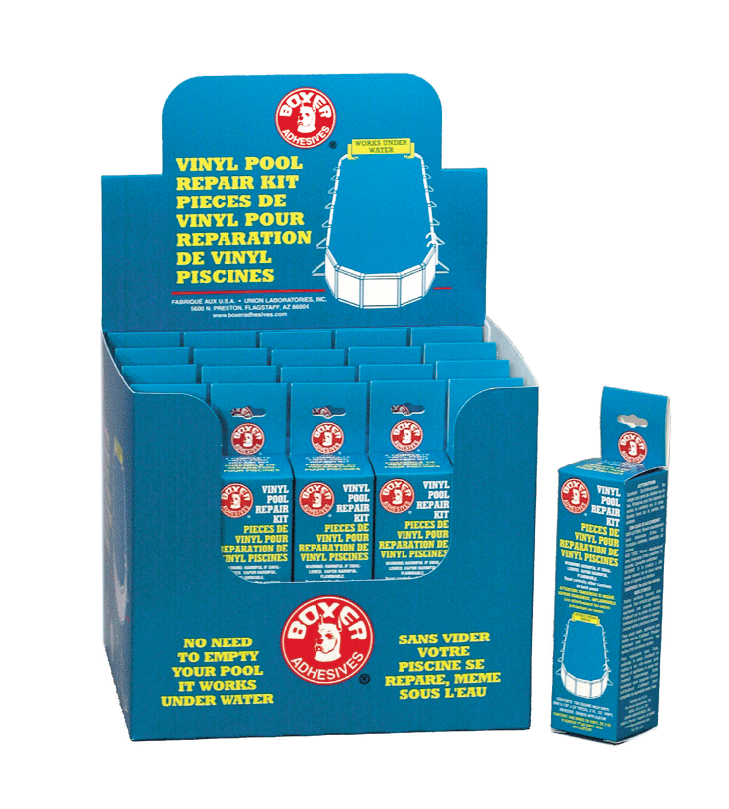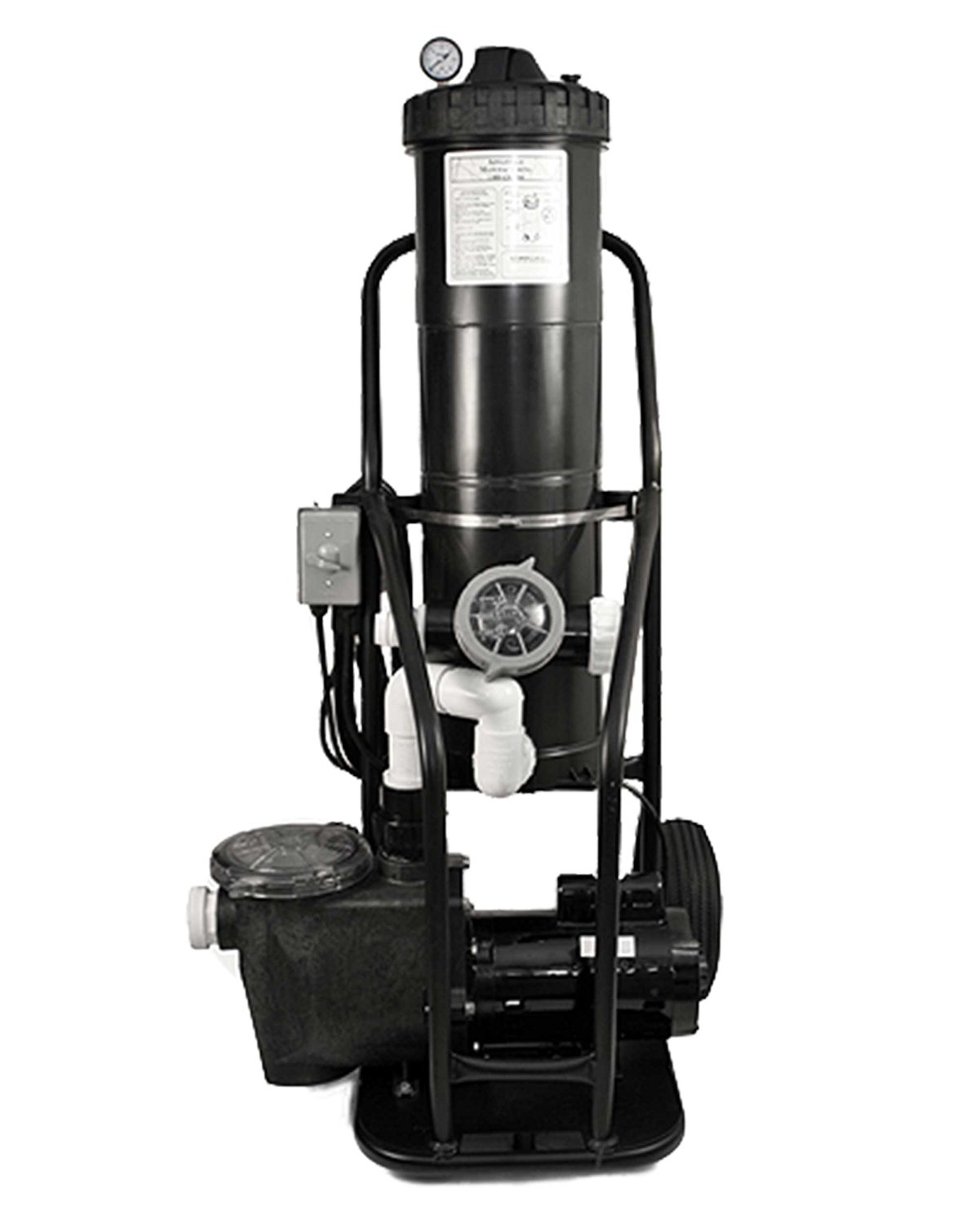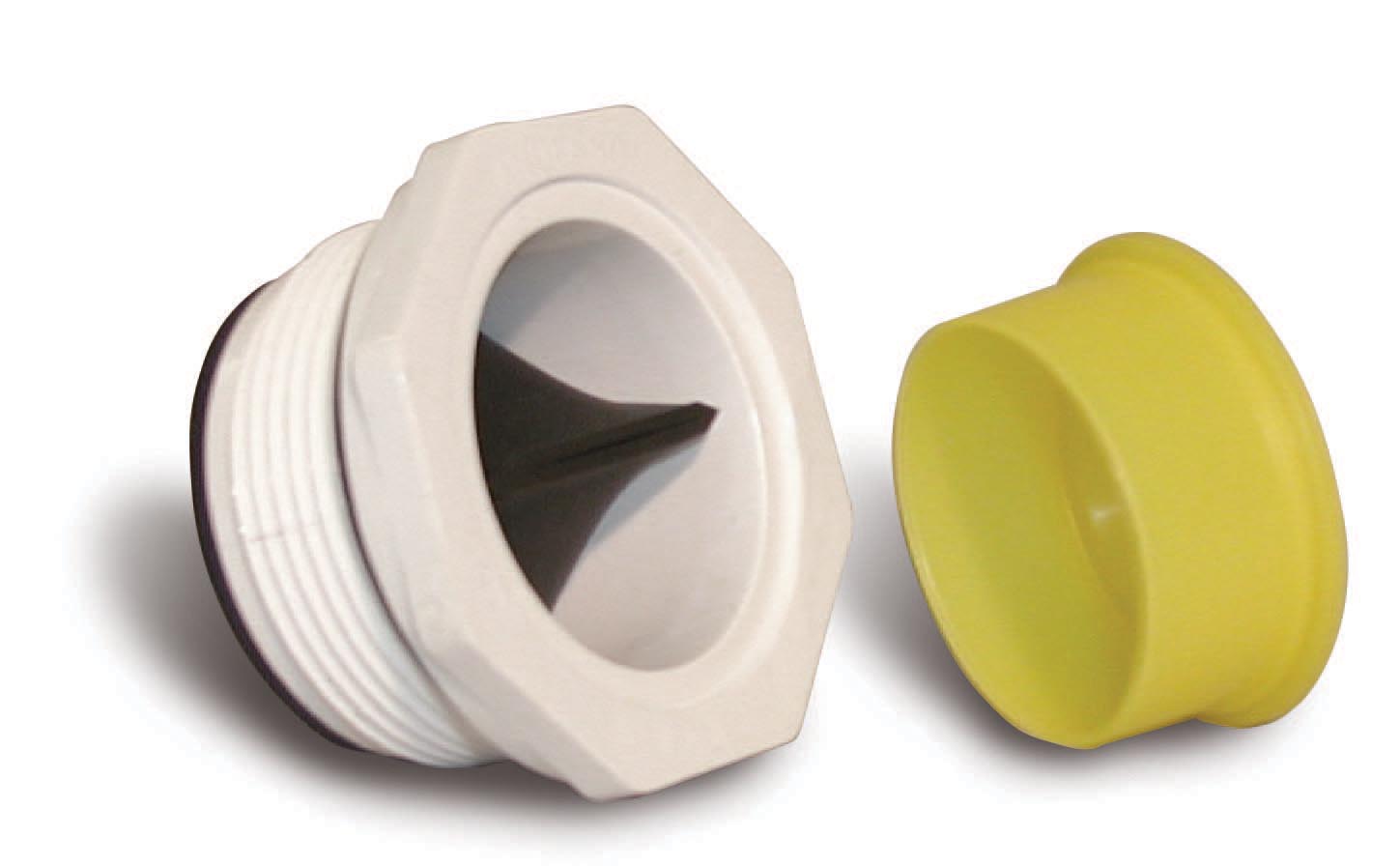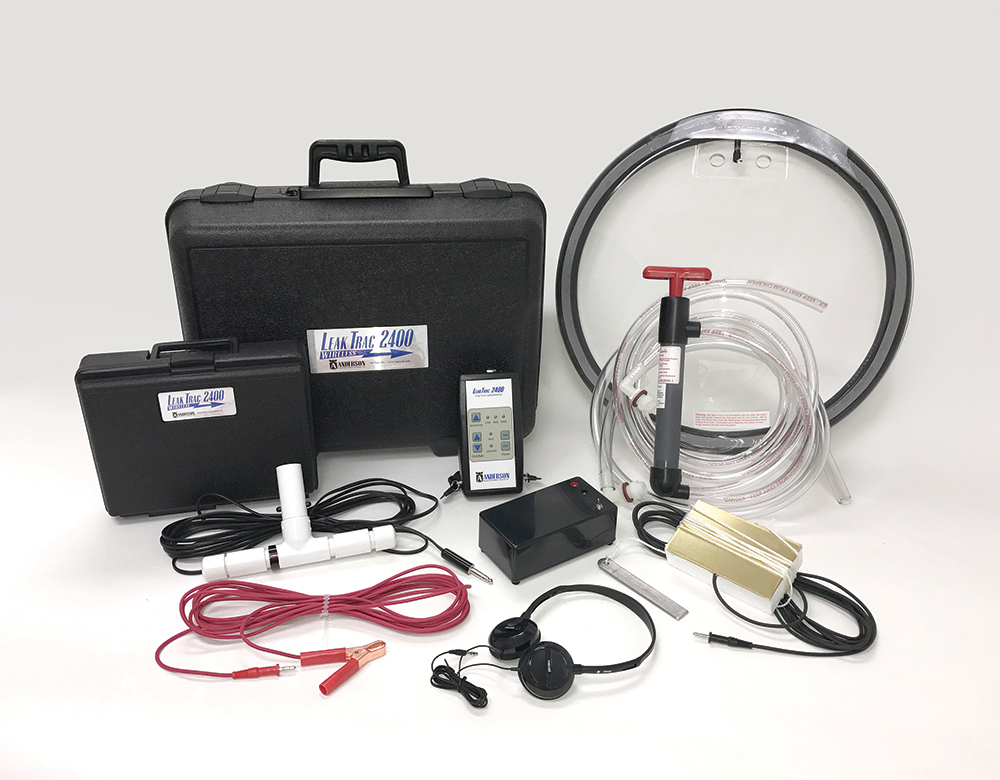Ontario’s electrical safety code guidelines for pool/spa installations
I. Bonding requirements for pools with a metal shell

A galvanized steel pool shell comprising individual panels securely bolted together must be bonded to the pool equipment in at least one location. (See figure 1.) Because parts of non-electrical and electrical equipment are allowed to be bonded to each other, or to a pool in series or parallel connections, all parts may be connected in series to each other and then to the steel pool structure at one location.
If there is a break in the outer metal shell by a non-conductive material (i.e. fibreglass stairs), then a jumper is required across the break (or bond each section individually). Bonding jumpers must be the same size as the bonding conductor, e.g. no smaller than No. 6 AWG copper.
II. Bonding requirements for pools with reinforcing steel

Rule 68-058 (2) requires a pool’s reinforcing steel to be bonded with a minimum of four connections equally spaced around the perimeter, as well as to the pool equipment. (See figure 2.)
iii. Bonding requirements for pools with encapsulated reinforcing steel

A bonding grid around a swimming pool cannot be formed when the reinforcing steel is encapsulated with a non-conductive compound. Therefore, Rule 68-058 (3) and Appendix B requires a bonding loop (no smaller than No. 6 AWG copper) around the pool if the steel is encapsulated. (See figure 3.) Pool equipment must be bonded to this loop.
Bonding for non-conductive pool structures
The OESC does not have bonding requirements for swimming pools with non-conductive materials such as fibreglass, composite, or resin. If other conductive non-electrical equipment associated with the pool is installed (e.g. ladders or fences) it would need to be bonded to the swimming pool’s electrical equipment.
The following questions are often asked about swimming pool electrical equipment with respect to bonding requirements as per Rule 68-058:
Q. Where a panel board feeds swimming pool electrical equipment that is bonded to conductive non-electrical equipment associated with the swimming pool in compliance with Rule 68-058, is an additional No. 6 bonding conductor required between the panel board and the pool’s electrical equipment?
A. No. The OESC does not define what is meant by ‘pool electrical equipment.’ To facilitate consistent application of the rule by all OESC users, the following direction has been developed:
Swimming pool electrical equipment includes anything associated with the circulation system (e.g. pump motors, pool water heaters, etc.), as well as automatic pool cover operation (e.g. electric motors).
Q. Does the installation of new swimming pool equipment, or the replacement of existing equipment (e.g. the installation of a heater where there was no heater before, or pump replacement) on an existing pool built prior to 2009, where no pool bonding was previously installed, require pool and equipment bonding be brought into compliance with Rule 68-058 (1) of either the 2009 or 2012 edition of the OESC?
A. No, provided the new or replaced equipment is not located within 3 m (9.8 ft) of the swimming pool’s inside wall, or is suitably separated from the pool by a fence, wall, or other permanent barrier.





